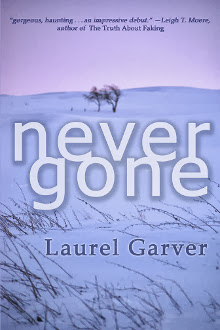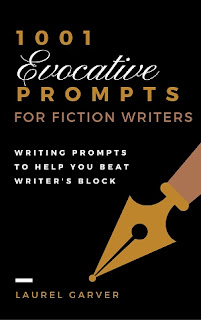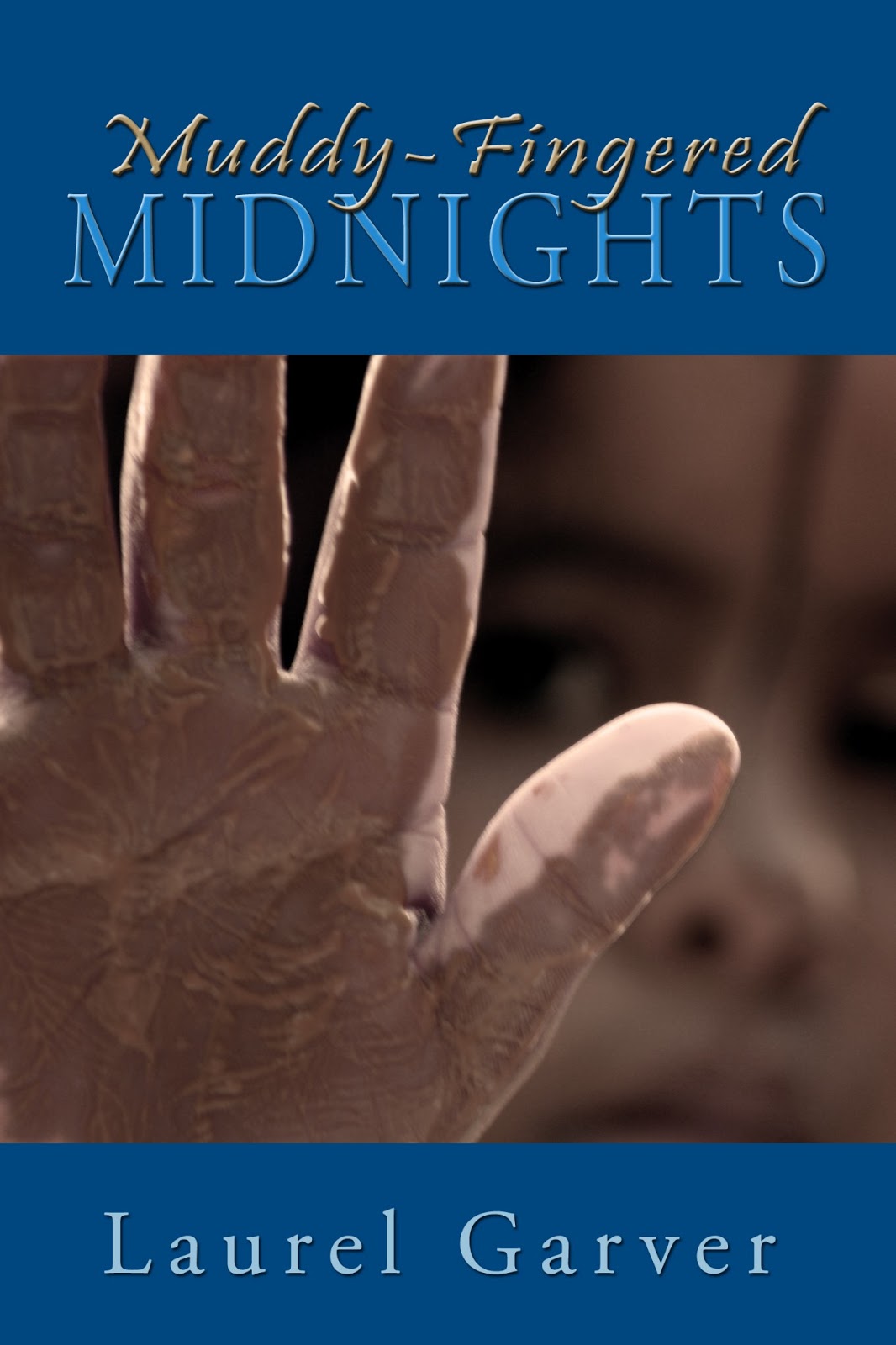 Author interviews are a consistent staple of book blogging and writer blogs. But sometimes the questions posed are a little generic, not inviting deeper engagement, or not showcasing well what is most interesting about this author or the book s/he is trying to promote.
Author interviews are a consistent staple of book blogging and writer blogs. But sometimes the questions posed are a little generic, not inviting deeper engagement, or not showcasing well what is most interesting about this author or the book s/he is trying to promote.With that in mind, I've put together a list of some great interview questions I've been asked by book bloggers or created for guests here--with a bunch of additional new questions sure to get thoughtful and thought-provoking responses.
- Tell us a little about your story and the story world you've created.
- What are some comparison titles of books or movies similar to this book?
- What books, films, and TV shows most inform the aesthetic of this book?
- Tell us a little about how this story first came to be. Did it start with an image, a voice, a concept, a dilemma or something else?
- What special knowledge or research was required to write this book?
- What research methods have been most fruitful for you?
- How did you go about developing the setting(s) for this story?
- What's the strangest thing you had to do to create this story?
- Who are your main characters? Tell as a little about what makes them tick.
- If a film were made of your book, who would you cast in the leading roles?
- What is something about your hero/ine that only you know?
- Which character was most challenging to create? Why?
- Are any of your characters based on real people you know?
- Which scene or chapter in the book is your favorite? Why?
- Which scene was most difficult to write? Why?
- Which scene, character or plotline changed the most from first draft to published book?
- What do you hope readers will take away from this story?
- Are there particular themes or motifs wrestle with or address in your story(ies)?
- How does your faith life/ethical outlook inform your writing?
- Were there scenes you ended up cutting you wish you could've kept? Describe them and the decision-making process.
- Who are your favorite authors and why?
- What book from your childhood has shaped you most as a writer?
- If you could choose a book character to be for a day, who would it be and why?
- What led you to start writing?
- What life experiences have shaped your writing most?
- Were you a young writer, a late bloomer, or something in between? What advice would you give to others who took up writing at a similar life phase?
- What aspect of writing have you most improved in over time? What resources helped you most in this area?
- What is your writing process like?
- What other projects are in the works?
- Have you ever rescuitated a project you'd shelved? What helped it work better the second time around?
- What special support people (critiqe partners, writing group, beta readers, editor, agent, author's assistant) do you rely on? How do they help you?
- How do you balance the demands of writing with other responsibilities?
- What attracted you to the genre(s) you write in?
- What are some must-read titles in your genre?
- What are some trends in your genre that excite you?
- What are some elements that are becoming cliche in your genre?
- What special challenges did you face making your story stand out from others in the genre?
- If you were to genre-hop, which genres would you most like to try writing?
- What aspects of your creative process do you enjoy most? Which are most challenging?
- Do you prefer writing in silence or to music?
- Does this story have a soundtrack? A playlist that inspired you while writing it?
- What technologies do you rely on most when writing?
- What writing resources have been most helpful to you?
- What warm ups do you use to get your writing flowing?
- Do you believe in the concept of a muse? What is yours like?
- What is the best investment you ever made in your writing?
- What's the worst writing/publishing advice anyone ever gave you?
- What do you know now that you wish you'd known at the beginning of your writing/publishing journey?
- What would you advise young writers trying to build a publishing history or an author platform?
- What marketing strategies have borne the most fruit for you?
Any other questions to add?














